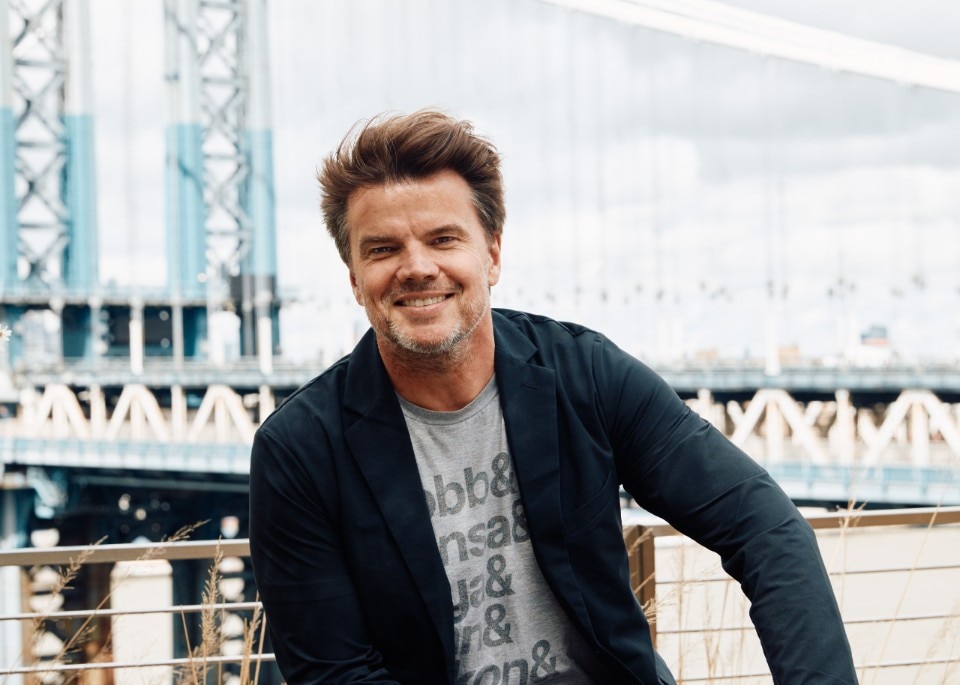Our second chapter in the materialist odyssey through the world of art and architecture is devoted to earth in all its forms: rammed earth, clay plaster, adobe, ceramic, terra cotta, wet clay and burnt brick. The brick is the natural stone of Denmark – a country with clay and chalk deposits in lieu of bedrock. I was raised in a yellow brick house. I went to a red brick school, and I played with my yellow brick Lego castle.
The axiomatic idea of a world composed of modular elements is engrained in my mind like a default setting. Jørn Utzon called it the additive – that any expression could be conveyed with prefabricated modular elements – as a testament to the creativity unleashed through the forces of industrial manufacturing.

As a child of a country of bricks, my first instinct was to rebel against it. I saw it as the face of conservatism and habit. The status quo to question and critique. On my first study trip to Spain, I found my eyes pried open to the power and beauty of brickwork. The Catalan vaults, the sinuous surfaces of Antoni Gaudí’s little school on the site of the Sagrada Família. I went to Uruguay to study Eladio Dieste’s use of Catalan vaults and complex geometry. Utilitas, Firmitas and Venustas all in one. The most elemental material used to create the most expressive forms.
I marvelled at the serial arches of Rafael Moneo’s National Museum of Roman Art. The thinness of the brick and the irregularity of the burn made the most plain material into a canvas of colour and texture. In Guadix I found homes excavated from the hard soils and porous rocks of the ground. Hobbit mounds serving for 21st-century living.
I returned to Denmark with my eyes opened to the creative possibilities of this quotidian material. I rediscovered Kartoffelrækkerne with their dense urban low-rise living. Utzon’s Fredensborghusene with their ruinous courtyards seemed like North African patio homes with Danish materiality and craftsmanship. Aarhus University Campus elevates the monotony of the yellow brick and tiled roofs into a playful game of difference and repetition, tradition and innovation. And finally, Grundtvig’s Church. A single yellow brick, used to design and build every single element of the church. Ornament stripped away in favour of structural articulation. Modularity elevated to the monumental. The extraordinary made from the ordinary.

And that seems to be the recurring theme with all the earth-based material projects of this issue. To take the most everyday – the dirt we step on – and stomp it, ram it, plaster it, mould it, bake it into something unique. And to embrace all of the organic unpredictabilities that come with a material that is part mineral, part organic – literally a found object with found attributes.
As a child of a country of bricks, my first instinct was to rebel against it. I saw it as the face of conservatism and habit. The status quo to question and critique.
Bjarke Ingels
Petersen Tegl is a manufacturer that has recently pushed brick from the backdrop to the foreground of contemporary architecture. Martin Rauch and Roger Boltshauser have spent decades collaborating on taking the living, breathing material of unburnt rammed earth and documenting its impact on humidity, temperature and air quality. Bringing it from the realm of the artisanal into the measurable, scalable world of modern manufacturing. Gramazio Kohler are pioneering impact printing using robots to hurl wet lumps of clay at each other so the force of the impact unifies the separate lumps into a monolithic material. Munarq is elevating the imprecision and porosity of rammed earth to a level of accidental beauty. Anne Holtrop is not only rediscovering the imprint of manual labour as a source of adornment, but is also using the ground itself as the mould for other materials such as concrete, aluminium and glass. The earth as material as well as a source of texture and form, transmitted from matter to matter.
As we conclude this second month of our journey through the material realm, it is becoming clear that among the various practitioners the journey forward involves detours to the forgotten practices of the past, in order to use those abandoned techniques to develop the tools and materials to build our future. The return to the fundamental can be a path to new frontiers of exploration and experimentation. And what is more fundamental than the ground beneath our feet? After all, earth is the eponymous substance of the planet we call home.
Opening image: Bjarke Ingels. Photo Sofie Mathiassen

